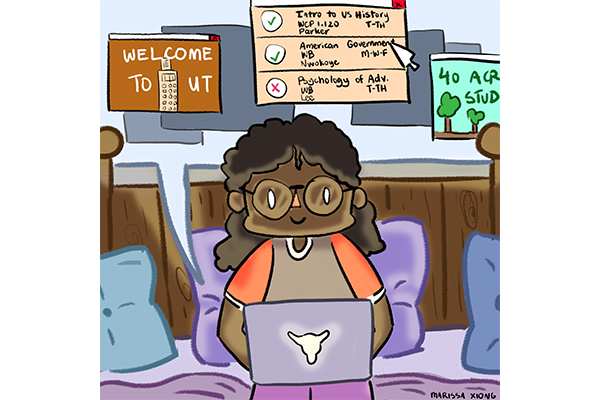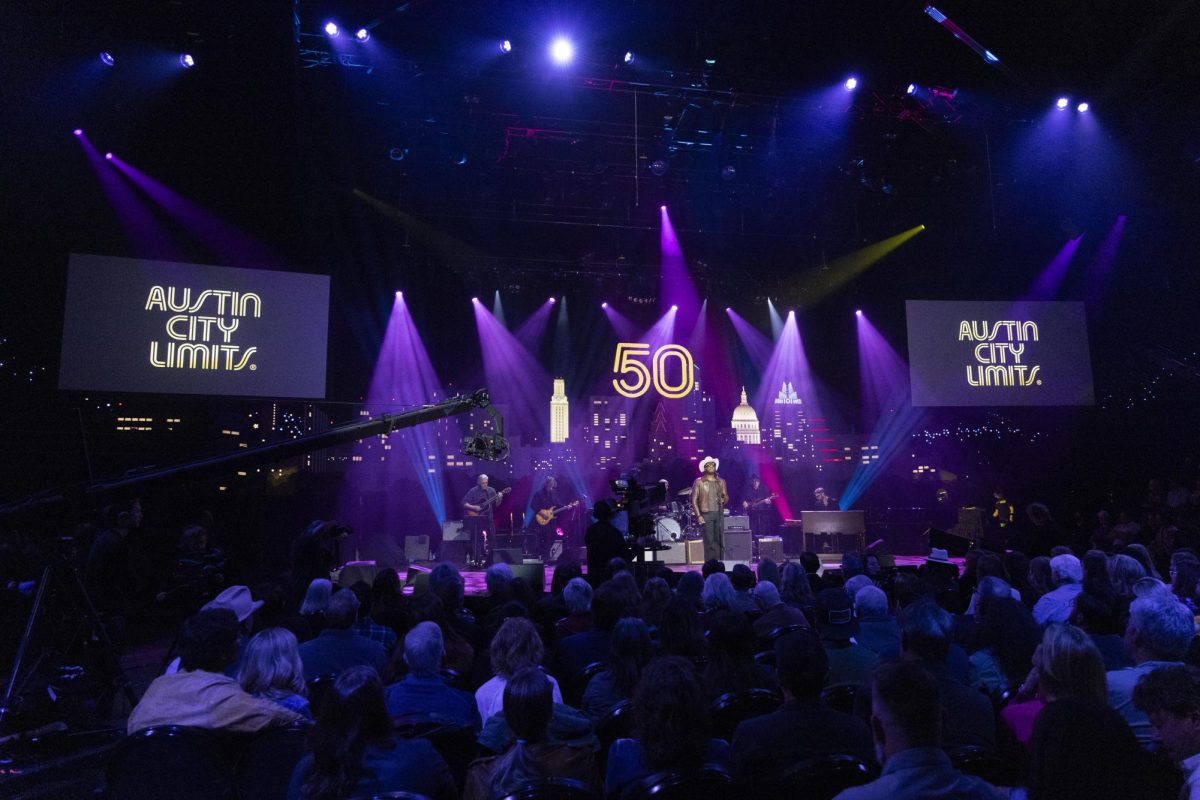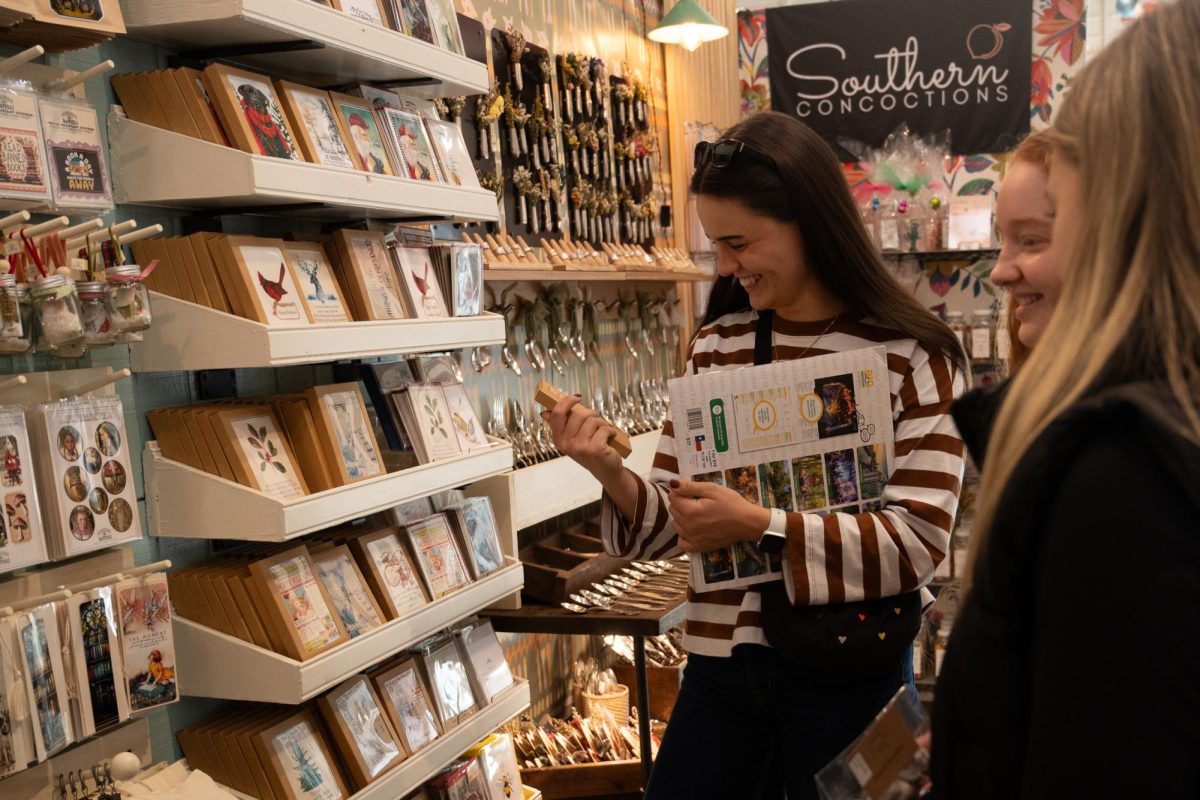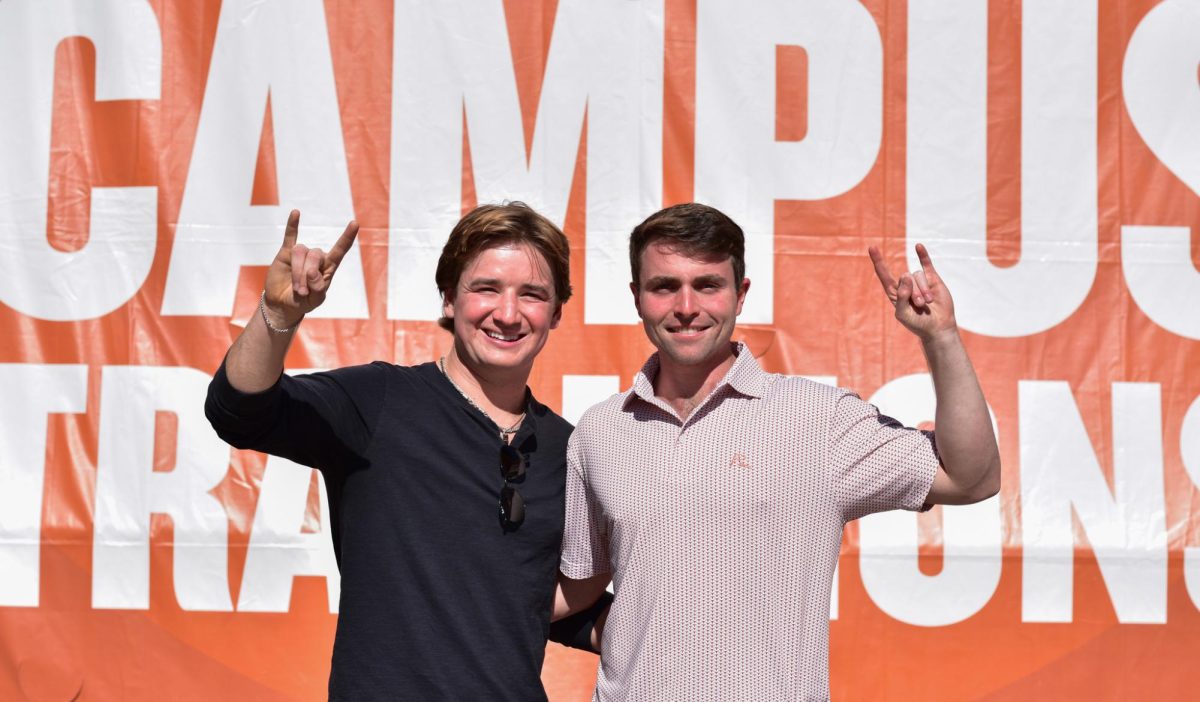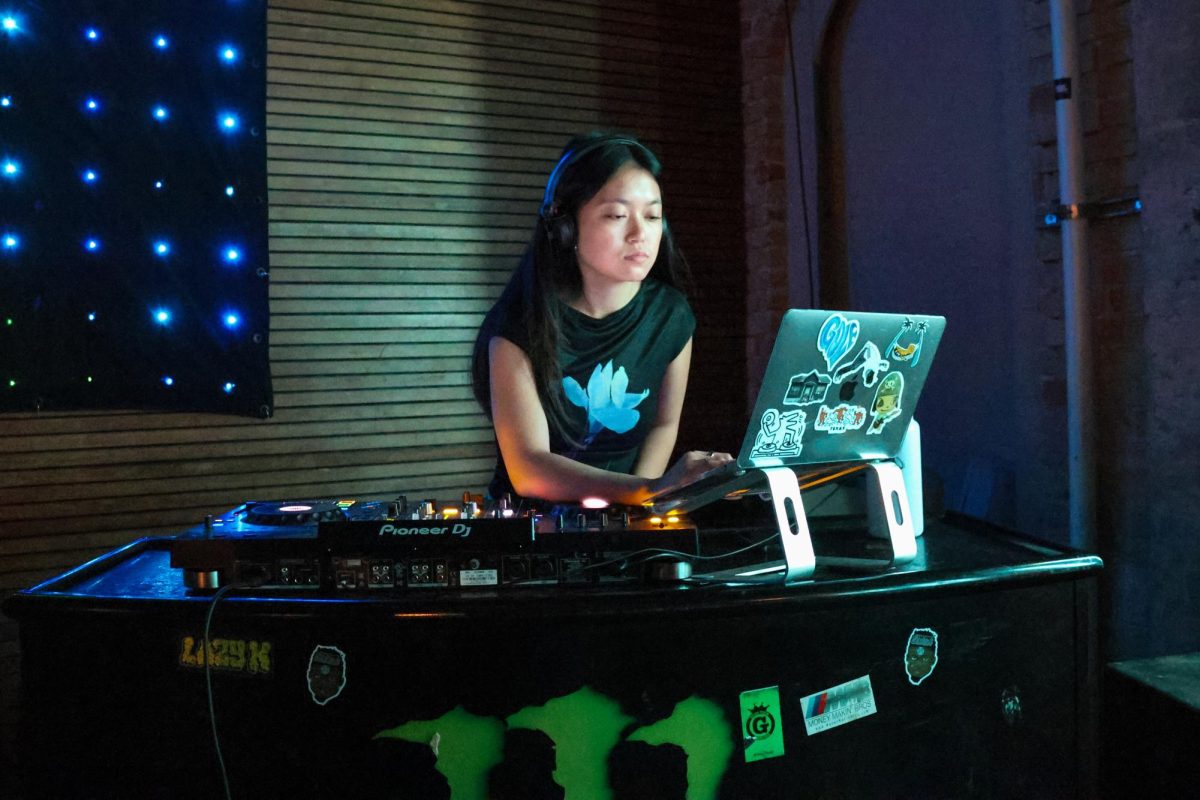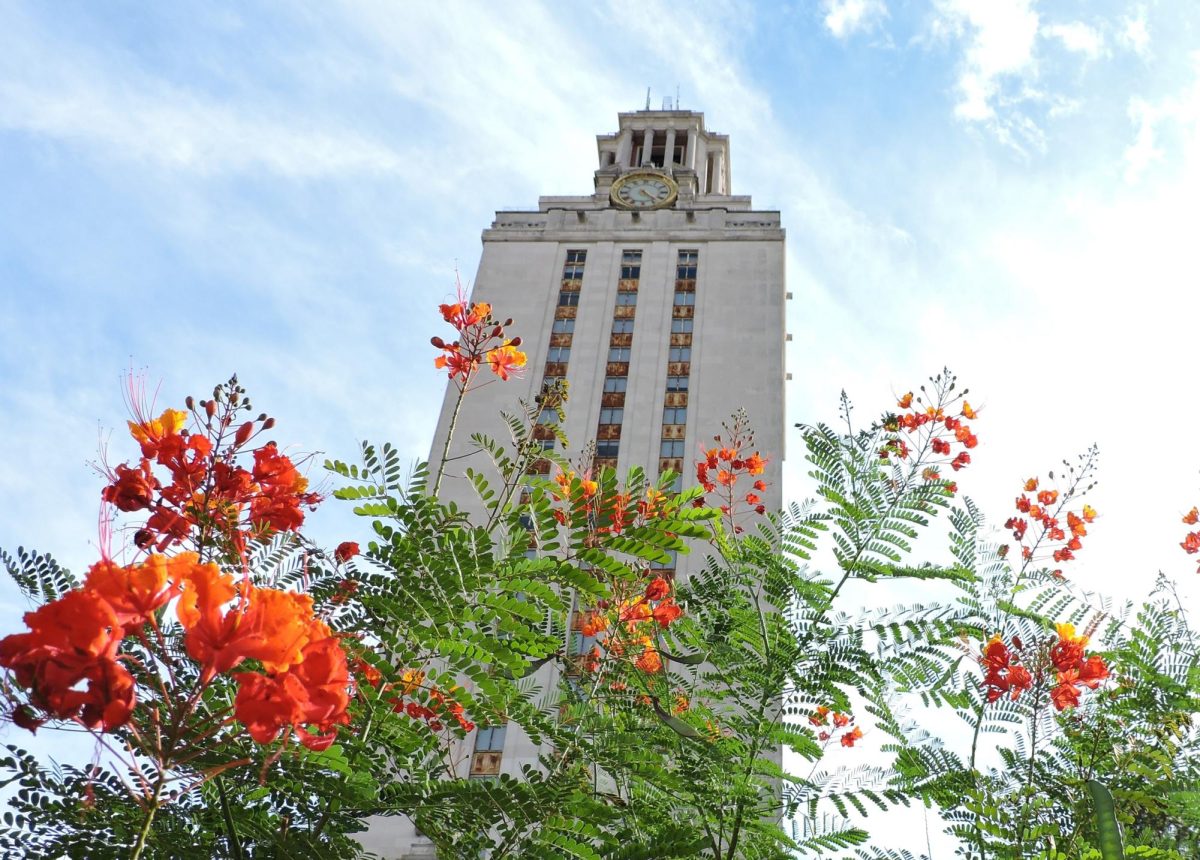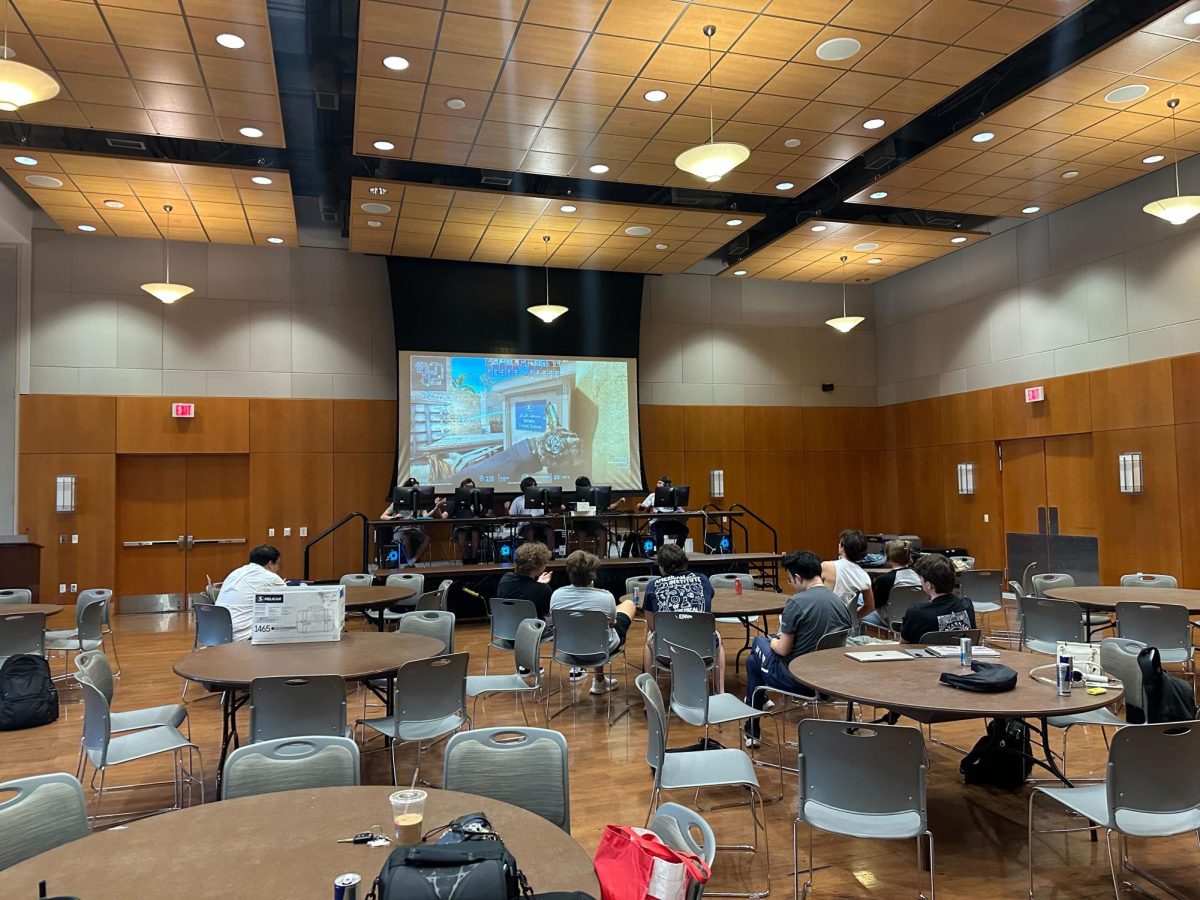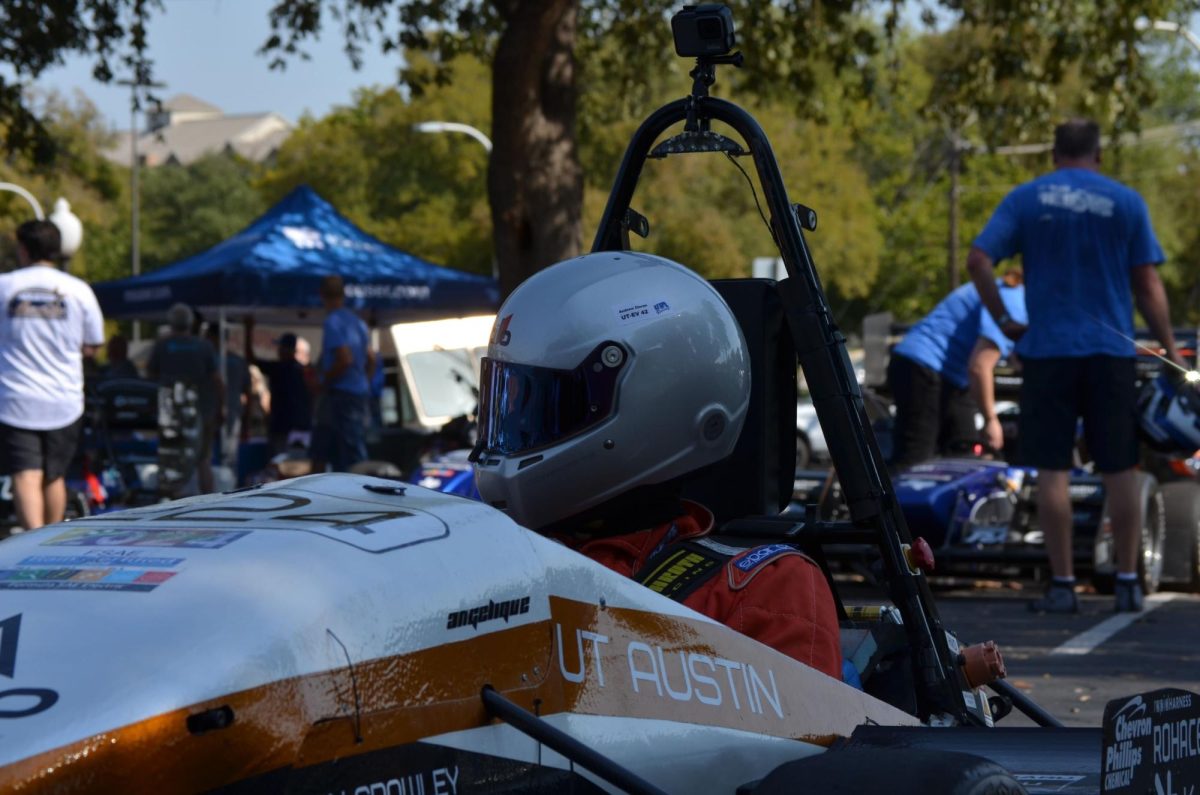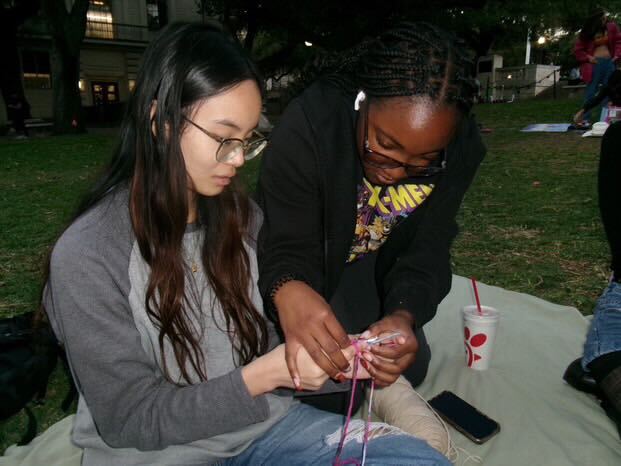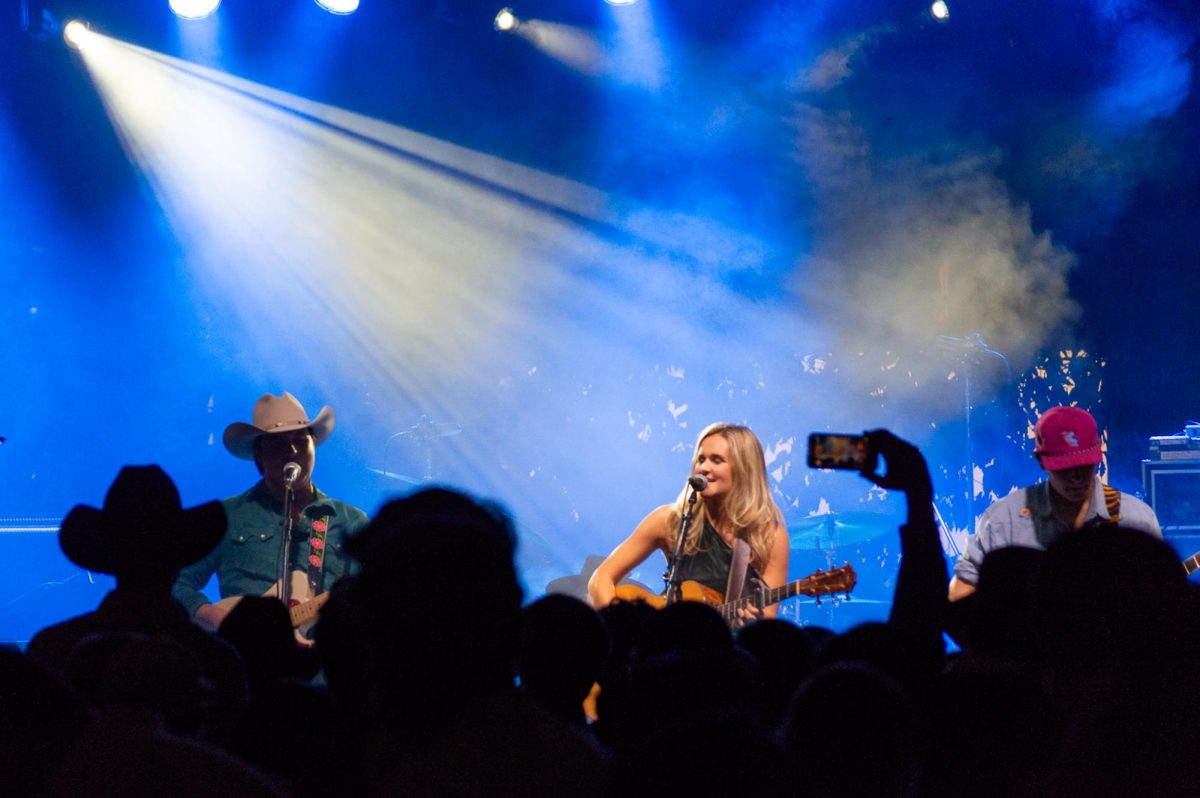After attending virtual orientation, theatre and dance freshman Ashley Diaz said she still doesn’t feel ready to step on campus in the fall.
Typically, incoming students attend an in-person orientation where they stay in dorms, participate in information sessions, attend social events and register for classes. Because of the pandemic, this year’s orientation is occurring virtually, and the price was cut in half.
Diaz said the three-day virtual orientation had many miscommunications, despite best efforts from orientation advisors.
“A lot of things that are perceived as common sense aren’t really common sense whenever you’re doing it for the first time,” Diaz said.
Many OAs, such as radio-television-film sophomore Efren Hernandez, offered their students one-on-one advising to prepare them for course registration in addition to the 30-minute scheduled meetings with UT academic advisors.
After orientation was moved online, Hernandez said he empathized with incoming freshmen and wanted to help them in their transition to college.
“I try to put myself in the mindset of these kids who got cheated out of their senior year,” Hernandez said. “I just want to make orientation as smooth as possible, especially in a scenario of having it online. Receiving so many Zoom links, I can imagine how stressful that can be.”
Kyle St. Nicholas, assistant director of New Student Services, said UT tried to replicate the in-person orientation experience as much as possible.
He said students were sent videos of how to set up things such as Zoom and Duo, a checklist for what they needed to complete, and two hours of Canvas modules to finish prior to their orientation.
Despite the preparations by OAs and UT faculty, Diaz said her friends attending session two who didn’t feel as equipped to register called her for advice, as she received additional advising through the Gateway Scholars program.
“There was a lot of lack of communication between the students and UT as a whole,” Diaz said. “A lot of people got confused about everything that needed to be done.”
Hernandez also said miscommunication was the greatest challenge for orientation students this year. Although virtual orientation takes up almost the entire three-day period, he said some students didn’t initially realize the time commitment.
“They forget to ask for hours off from work so they couldn’t make it (to events), or some miscommunication happens and they don’t look at their email so they miss some really important information,” Hernandez said.
Government freshman Devon Whitsel said he had low expectations for the virtual orientation but felt OAs put in a lot of work. He said he was prepared for registration and got the courses he wanted.
Another challenge was the lack of an on-campus tour, Whitsel said.
To supplement the guided tour, Whitsel said the OAs led a tour through Google Earth and showed them areas on campus, such as the Perry-Castañeda Library, Gregory Gymnasium and the Tower. However, he said he was already familiar with most of what he saw on the tour.
“That wasn’t beneficial for me personally, but they did try,” Whitsel said. “They can't be in-person, so they did the next best thing.”

